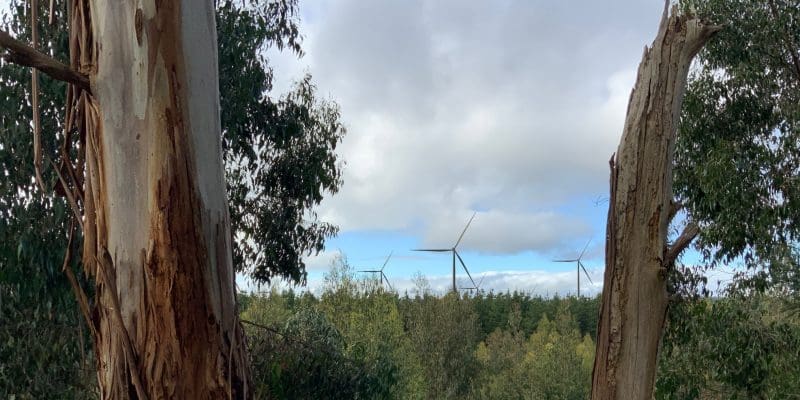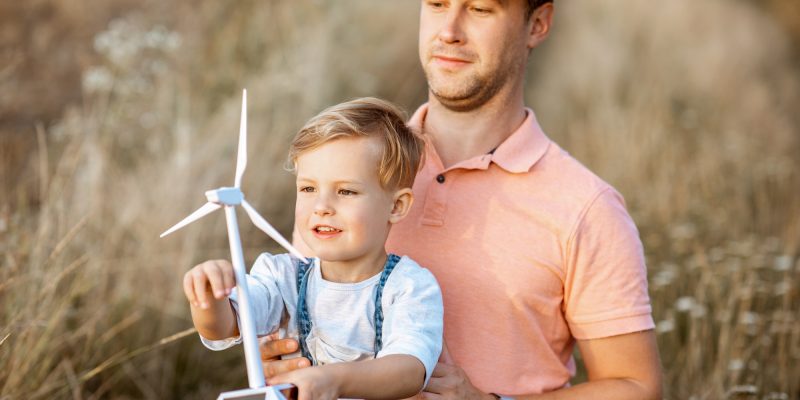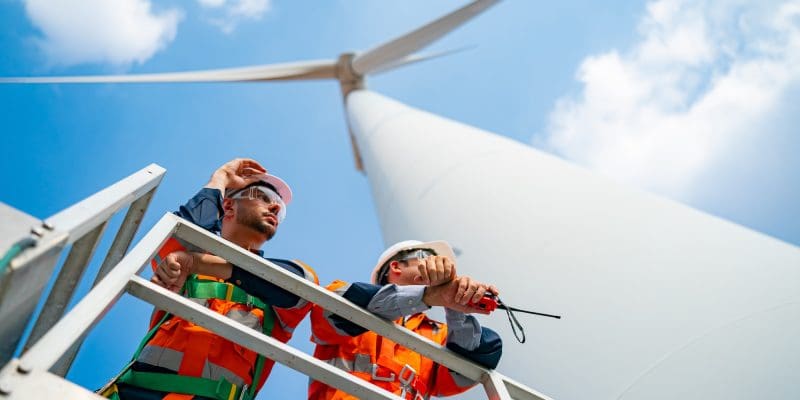A Community and Stakeholder Engagement Report has been prepared by OSMI Australia which outlines the consultation approach and extensive engagement activities that have been undertaken to date for the Project.
The consultation strategy for the Project has been based on IAP2’s Public Participation Spectrum listed in the Victorian Government Guidelines.
The project partners are committed to a transparent community engagement and information sharing program. This includes early engagement with the local community, a holistic benefit sharing model based on sharing the profits of the wind farm fairly with project neighbours and members of the surrounding local communities and seeking to create a positive long-term legacy in the region.
Key components of our approach included:

The project partners have provided a range of different opportunities and pathways for the community immediately surrounding the project and across the broader region to engage with the project team over the past 18 months since the project announcement, allowing the community to gather information, raise questions or concerns and to express their views about the project.
Early engagement included:

On the basis of community engagement undertaken to date, the key issues of concern to the community are:
The community engagement found that there are a small number of passionate local sustainable energy advocates who support the project, a small number of passionate and highly vocal local opponents to the project as well as a significant number of people who are mildly concerned or supportive of the project but very quiet about their opinion as they don’t want to become involved in conflict within the community.
There are also large number of people who appear undecided or neutral – many of this last group have expressed a view that the project is likely to proceed and acknowledge the benefits of a transition to more sustainable forms of energy production.
The report notes that, regionally, there are numerous advocates of the project who consider it a vital contributor in transitioning from Latrobe Valley’s economic reliance on coal fired power.
There also segments of the community who wish to continue pursuing the economic potential of the Latrobe Valley coal reserves, some of whom are also opposed to renewable energy projects.

It is a statutory requirement of the planning permit application that the project partners provide direct notification to all adjoining properties (as directed by DELWP) and provide community members with information on how they can lodge submissions to the Project.
In addition to fulfilling statutory requirements, the project partners are committed to supporting and informing the community throughout the planning process.
Accordingly, during the planning permit evaluation process, the project partners will:

A Community Benefits Scheme will be designed to deliver benefits to key stakeholders in the community in a way that aims to meet their needs and aspirations. The scheme was launched towards the later end of the early engagement phase, will continue for the life of the project and will be codesigned with the community.
The Community Benefits Scheme will comprise:
It is noted that the Community Benefits Scheme does not include other economic contributions such as:

Following the granting of statutory approvals, the focus of community engagement will move to the recruitment of a local contractors and workforce for the construction of the project and establishing mechanisms to keep the community informed about key project activities.
Through the detailed design and construction phase issues such as micro siting, emergency response planning, the development of the interpretive centre (including the incorporation of stories about the local cultural heritage) and wind farm walks will be covered in community consultation forums. Further landscape assessments will be competed with individual landowners who have concerns about visual impacts and landscape screening plans developed as appropriate.
Throughout this phase the Community Engagement Committee will form a key conduit for engagement with the wider community.
The information centre and office will remain in operation and on-line engagement will continue.
Stay informed on the latest project updates and Community Benefits opportunities by subscribing to our e-Newsletter.